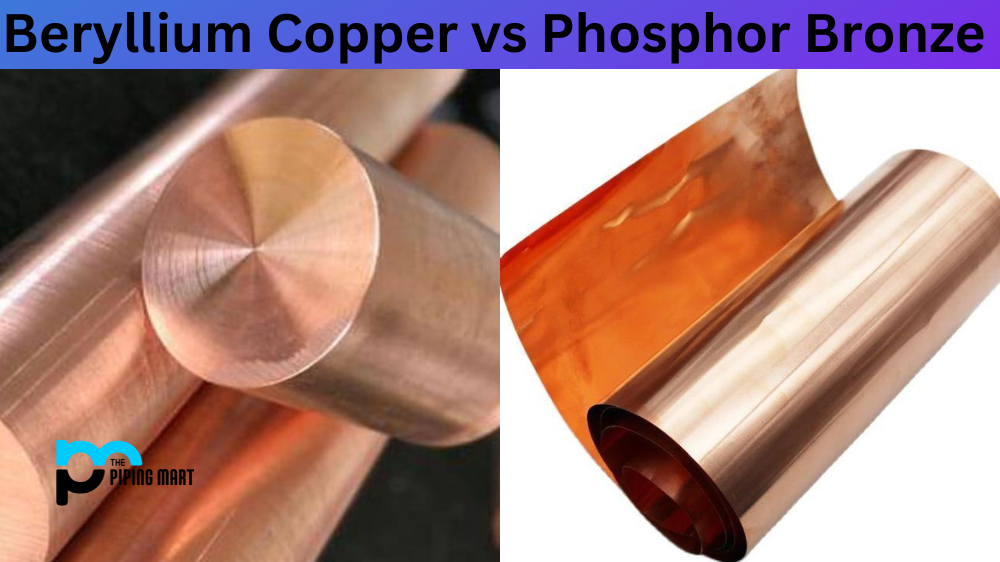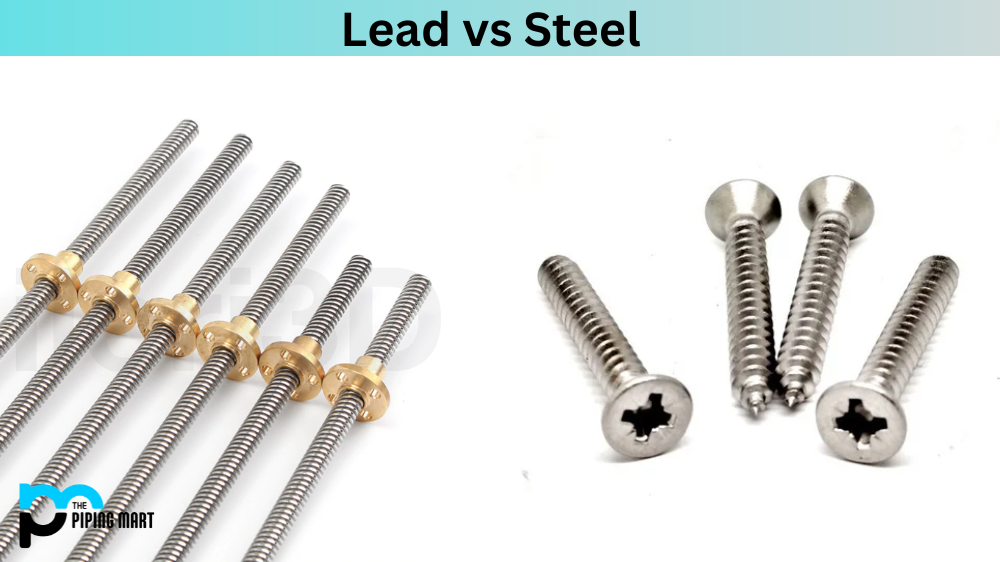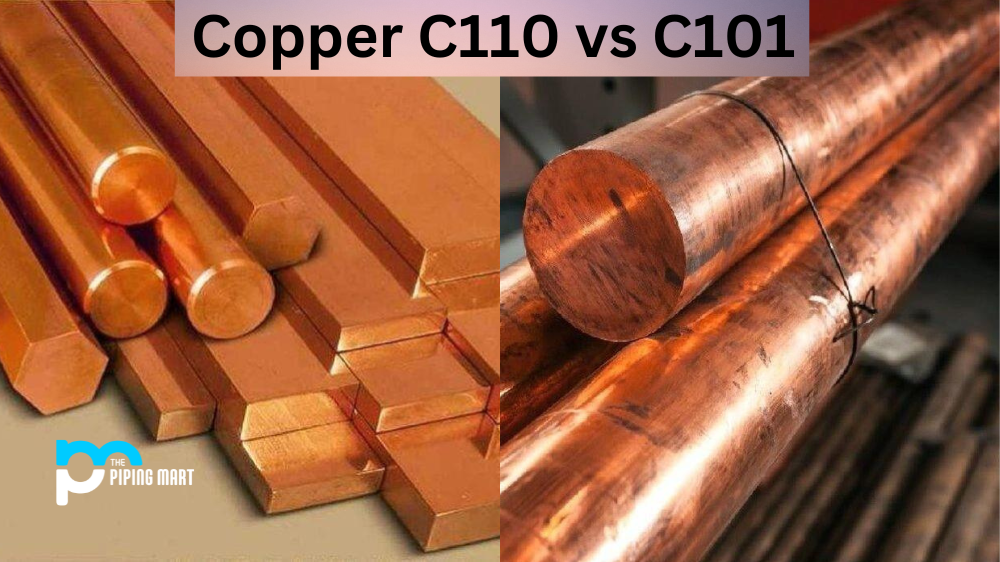When it comes to choosing the right metal for a particular application, there are several factors that one needs to consider, including strength, durability, conductivity, and corrosion resistance. Beryllium copper and phosphor bronze are two popular options often in discussions. While they may seem similar in many ways, they have distinct properties that set them apart. In this blog post, we’ll look at the differences between beryllium copper and phosphor bronze and shed some light on when and where each may be more suitable.
What is Beryllium Copper?
Beryllium copper is a non-sparking, corrosion-resistant alloy composed of beryllium, copper and sometimes other elements. Its unique properties make it ideal for industrial applications such as electrical components, springs and connectors. It also has size-weight advantages over traditional materials like iron or steel.
What is Phosphor Bronze?
Phosphor bronze is an alloy of copper and tin, with phosphorous added as a deoxidizing agent. It has excellent corrosion resistance and spring characteristics, making it ideal for use in highly stressed components such as bearings and springs. Its strength makes it useful in precision instruments and other applications requiring dimensional stability.
Difference Between Beryllium Copper and Phosphor Bronze
Composition and Properties
As the name suggests, Beryllium copper is a copper alloy with a small percentage of beryllium. Adding beryllium enhances the metal’s strength, hardness, and conductivity, making it ideal for applications with essential qualities. Beryllium copper also has excellent resistance to wear, fatigue, and bending, making it a popular choice in aviation, automotive, and electronics industries.
Phosphor bronze, on the other hand, is a copper-tin alloy with a small percentage of phosphorus. It has good strength, durability, and corrosion resistance, making it suitable for applications such as springs, contacts, and other electronic components. Phosphor bronze is considered safe and nontoxic, unlike beryllium copper, making it an ideal option in environments where safety is a top priority.
Machinability and Weldability
Machinability and weldability are essential when selecting a metal for a particular application. Beryllium copper has good machinability and can be easily welded, making it an ideal choice for applications that require intricate designs or components. Phosphor bronze, on the other hand, has good machinability, but welding is not recommended as it can lead to warping and cracking.
Cost
Cost is another crucial factor to consider when selecting a metal. Beryllium copper is expensive compared to phosphor bronze, but its superior strength, durability, and conductivity make it a cost-effective option in applications where those qualities are vital. Phosphor bronze, being significantly cheaper, is a more suitable option in applications where performance is less important or where costs need to be kept low.
Environmental Concerns
Beryllium copper contains beryllium, a toxic element that can cause lung cancer if inhaled. As such, strict regulations govern beryllium copper use, handling, and disposal. Phosphor bronze, being nontoxic, is considered safer for the environment and is more widely used in applications that require materials that meet strict health and safety regulations.
Conclusion
Beryllium copper and phosphor bronze are popular copper alloys used in various industrial applications. While they may look similar, they have distinct properties that set them apart. Understanding these properties is essential when selecting the right material for a given application. Knowing when to use each metal can help you achieve the best possible results while meeting your budget and regulatory requirements.

Hey, I’m Krutik, a casual blogger expert in the metal industry. I am passionate about providing valuable information to my readers. With a background in engineering and construction, I like playing Cricket & watching Netflix shows in my free time. Thank you for visiting my blog, and I hope you find my information helpful!




